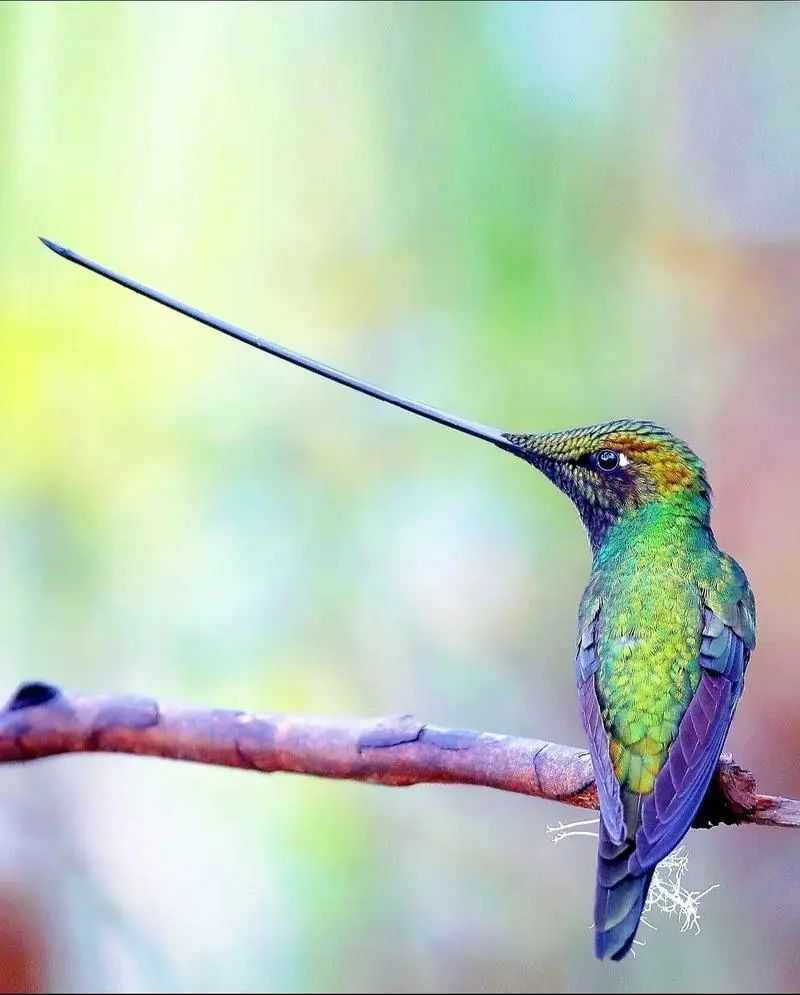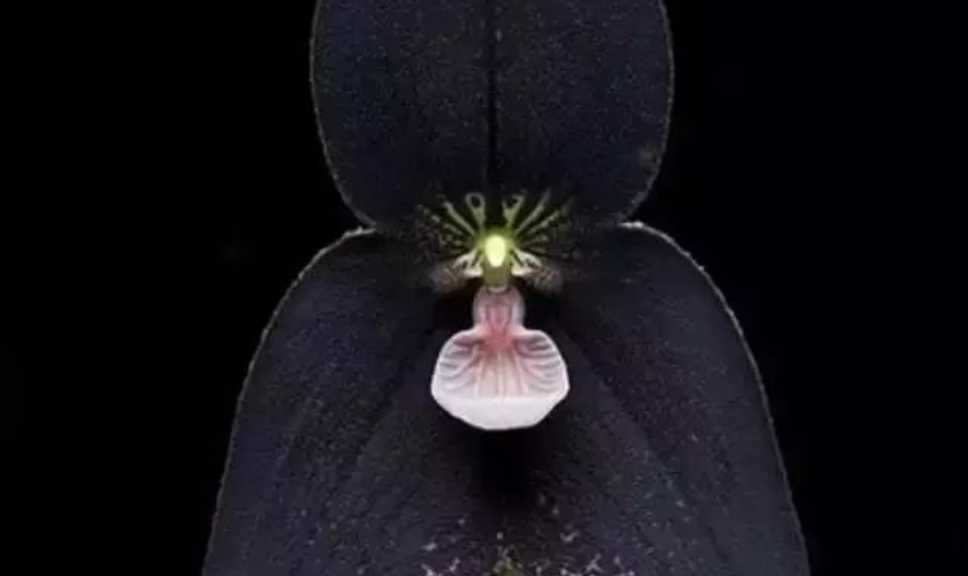Search for information
Ensifera ensifera: The Elusive Sword-Billed Hummingbird of Andean Cloud ForestsEnsifera ensifera, the sword-billed hummingbird, stands as a unique avian marvel endemic to the high-altitude mountainous regions of Central and South America. Revered for its extraordinary beak structure and iridescent plumage, this species thrives in the mist-shrouded cloud forests, playing a crucial role in the delicate ecosystems of the Andes.
June 3, 2025, 5:01 pm EDT


Intriguing Dracula Orchids: Nature's Bizarre and Beautiful Creations
Dracula orchids, belonging to the orchidaceae family, are a fascinating group of plants that have captivated the attention of botanists and plant enthusiasts alike. These unique orchids are native to the Americas, with a significant concentration found in Ecuador and Colombia.more

The Siberian Cat: Russia’s Majestic Forest Feline with a Royal Heritage
Native to the harsh wilderness of Siberia, the Siberian cat has roamed Russia’s forests for centuries, evolving a thick, water - repellent coat and robust build to survive frigid climates. This ancient breed, often called the "national cat of Russia," blends wild resilience with a gentle demeanor, captivating cat lovers worldwide.more

'How to Train Your Dragon 2' live-action movie in the works
'How to Train Your Dragon 2' live-action movie in the worksmore

BMW M2 CS: Unleashing Ferocious Power with Precision - Tuned Performance
The BMW M2 CS redefines automotive exhilaration with its formidable powertrain and track - ready dynamics. Offering an unrivaled driving experience, it combines raw force with remarkable control, setting a new standard for high - performance coupes. From the moment the engine roars to life, the M2 CS proves itself as a true powerhouse.more

Appreciation of foreign beauty, exotic flavor-02
Appreciation of foreign beauty, exotic flavor-02more

Ferrari 812 Competizione: A Symphony of Power and Precision
The Ferrari 812 Competizione represents the pinnacle of automotive engineering, embodying the Italian marque’s relentless pursuit of perfection. As a track - focused masterpiece, it pushes the boundaries of performance, combining a ferocious powertrain with cutting - edge aerodynamics. This limited - edition supercar is a testament to Ferrari’s ability to blend raw power with unparalleled elegance.more

Alluring Images of an Amateur Model 137
The amateur model in these photos is a vision of beauty. Her presence is magnetic, drawing the viewer in with every shot. The photos are a celebration of her unique looks.more

"28 Years Later" Unveils New Poster, with the Film Premiering in the US on June 20th
The highly - anticipated sequel to the classic zombie - horror film "28 Days Later", titled "28 Years Later", has recently released a new poster. In the movie, survivors of the viral holocaust have established new settlements far from the cities.more

